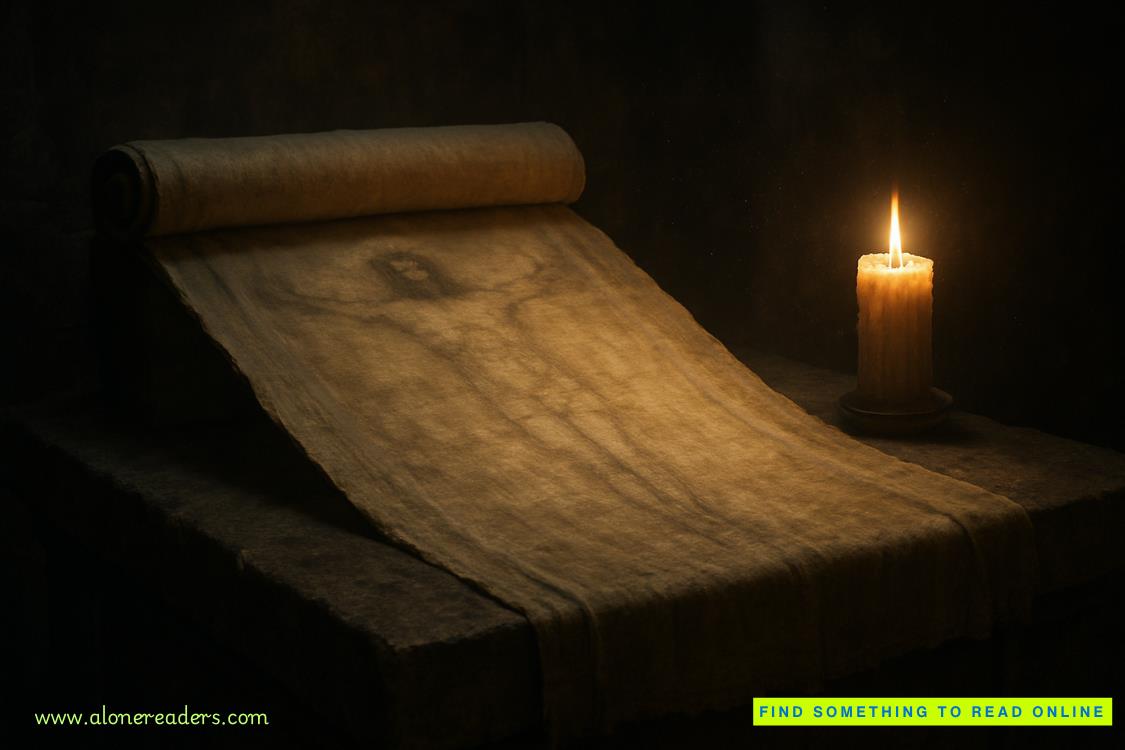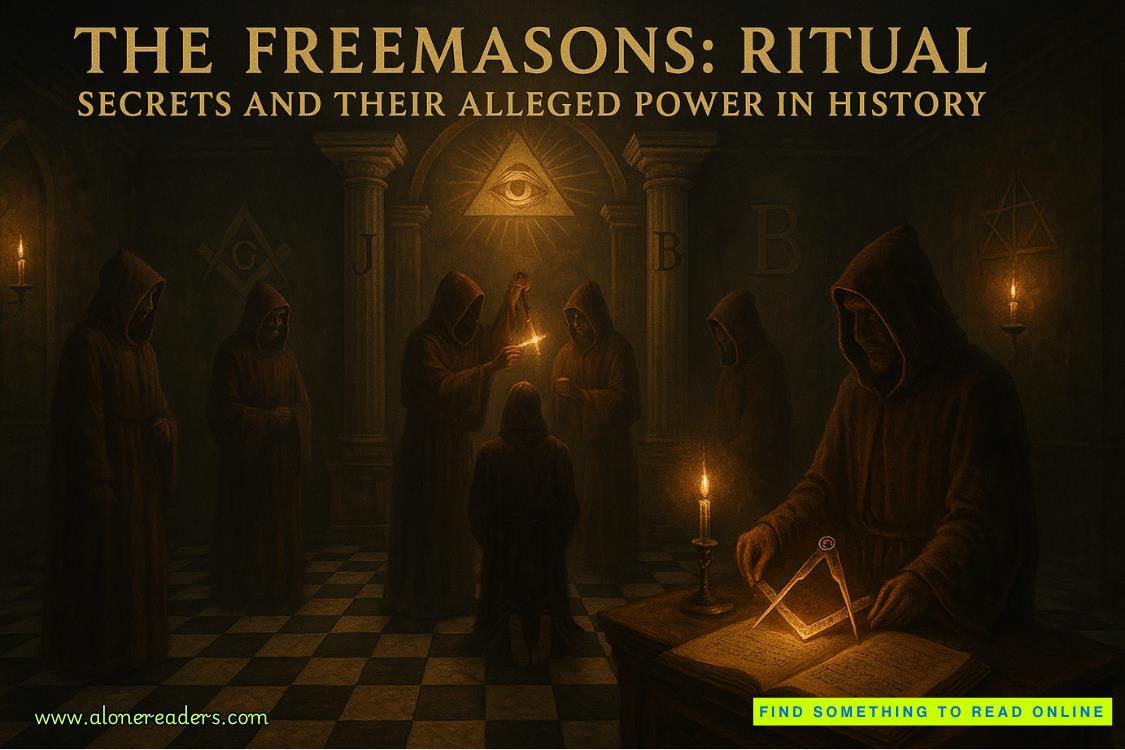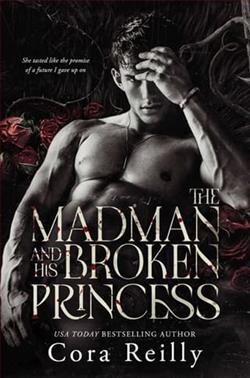Page 57 of The Last Days of Marilyn Monroe
She’s such a big star,Murray observes of his co-star Marilyn Monroe, but he’s surprised to see that she behaves like an insecure actress.She has done so many films, and yet, she is so frightened to act in front of the camera.
She stays in her dressing room until ten or eleven o’clock every morning, when she’s finally ready to perform. Even after hours of rehearsal with Paula Strasberg, Marilyn struggles through take after take, barely able to remember her lines.
All too often, Josh Logan appeals to the cast to help move Marilyn’s scenes forward.
“Persuade her, humor her,” the director pleads with the cast after Marilyn jumbles her line twenty-seven times.
“Outside of saying her own line, what the hell do you want me to do?” demands one of the supporting actresses, who nevertheless steels her nerves to approach Marilyn and grip her by the shoulders.
“Look, either we get it right this time or I’m walking out of the picture,” the actress says.
A startled Marilyn perfectly executes her line.
When Murray and Marilyn play a love scene, her body breaks out in a red rash. Makeup artists rush on set with creams and brushes and work to cover up the evidence of her nervousness.
Logan patiently films her scenes in fragments. When the script calls for Marilyn’s character, Cherie, to fight for Murray’s character, Bo Decker, she amazes the director with the fiery intensity of her performance.
“It just wells up from some deep place,” Logan says. “She’s a natural.”
On a good day.
Despite her issues, Marilyn takes her part seriously. She rehearses with Strasberg until all hours and listens to director Logan, striving to create a character that meets her increasingly exacting standards.
Logan is impressed. “I was beginning to feel that she had always been brilliant. No one seemed to have listened to her before,” he says of Marilyn, lamenting, “I nearly missed one of the high spots of my directing life because I had fallen for the popular Hollywood prejudice about Marilyn Monroe.”
Timemagazine chooses Marilyn for a prestigious cover profile, assigning Hollywood reporter Ezra Goodman to travel with her asBus Stopcontinues filming on location in Phoenix, Arizona, and Ketchum, Idaho.
Though the six-week project is an in-depth undertaking informed by more than one hundred interviews by Los Angeles bureau staffers, journalist Walter Winchell dismisses it entirely. He writes in his column: “I can’t imagine them digging up anything people haven’t read before.”
On the chartered flight to Idaho’s Sun Valley, Marilyn immediately proves Winchell wrong by demonstrating that, even in close quarters, she’s a master of disguise.
A person wearing dark glasses and a straw hat in the style of a Venetian gondolier, gray and black menswear pieces, and a floor-length mink coat steps through the cabin in high heels and takes a seat.
When she shows her face, without a trace of makeup, Ezra Goodman is astonished to discover that it’s Marilyn. And that she’s watching him.
“You look like a writer,” she says later, during a sit-down interview in her dressing room.
“I’m not sure that’s a compliment,” theTimereporter hedges.
But Marilyn is decisive. “Writers, when you’re talking to them, look like they’re listening to you.”
On another flight from Los Angeles to Arizona, where she’ll be filming rodeo scenes for the film, Marilyn is seated alongside English journalist Donald Zec of theDaily Mirror.
When a meal is served, Marilyn pushes it aside, saying, “I have to watch my figure.”
“You eat, Marilyn, I’ll watch your figure,” Zec quips suggestively, earning himself a teasing slap on the arm.
Zec has known Marilyn sinceNiagarain 1953, long enough to be allowed a few liberties.
Things soon take a serious turn.
Alarm bells sound as one of the plane’s engines fails. Through the window, they can see dark clouds of smoke billowing out. Despite assurances from the pilots, things look dire—bad enough, Zec says, that he and Marilyn “discussed the unthinkable. I soothed her with the thought that if we crashed her name would be on every news bulletin and front page in the western world.”
He asks Marilyn how she’d like to be remembered, and she thinks on it for a while.
“Then she scribbled a note: ‘Here Lies Marilyn Monroe, 38-23-36,’” Zec relates.
He’s unsure whether to consider her self-penned epitaph clever, sad—or both. Marilyn often wavers between the two. Zec’s asked her on more than one occasion if she’s happy.















